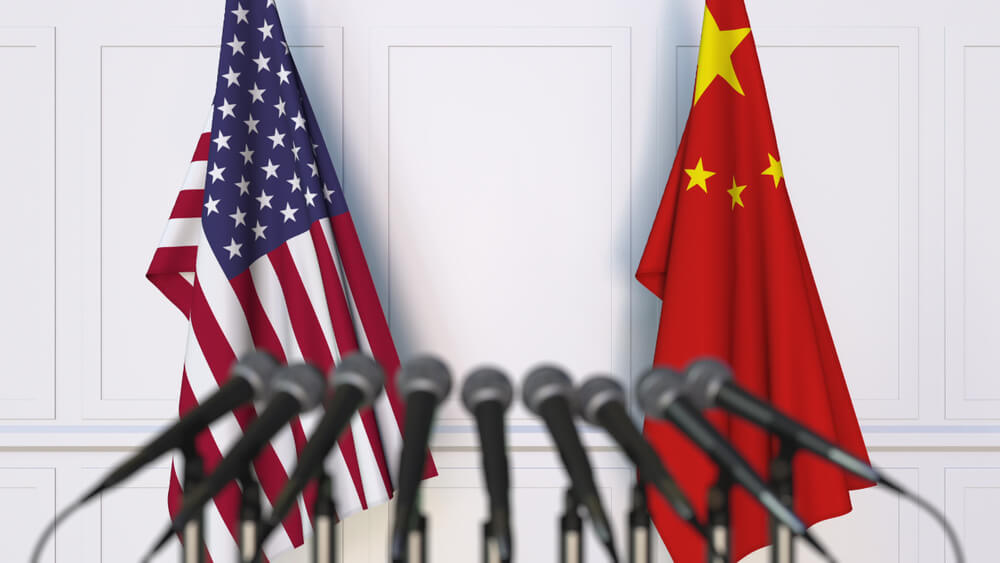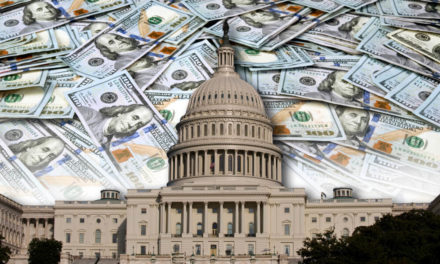An official date has been set for trade talks to resume between the United States and China, so mark your calendars for Oct. 10-11 and prepare for more market swings as investors hang on every word about the trade war.
Three people involved with the talks reported the dates, and China’s Vice Premier Liu He will represent Beijing in the negotiations as the world’s two largest economies try to break a stalemate that is threatening a slowdown to the global economy.
Liu negotiated on Chinese President Xi Jinping’s behalf under the title of “special envoy” back in the spring, but apparently he was stripped of the title during a subsequent trip because the Communist Party was not happy with some of the concessions he agreed to.
The two countries have eased pressure on each other to a degree in the past few weeks as they wrestle with issues of intellectual property theft and the ballooning U.S. trade deficit with China. In the latest breakthrough, China agreed to purchase a “considerable” amount of U.S. pork and soybeans before negotiations resume.
Here’s a further breakdown of how the trade dispute started, what’s going on and the sticking points that keep stalling negotiations, via the Associated Press:
HOW IT STARTED
U.S. President Donald Trump slapped 25% tariffs on $50 billion of Chinese imports last year. Beijing retaliated with similar penalties. In a spiral of tit-for-tat increases, the United States has raised duties — or announced plans to do so — on $550 billion of Chinese goods, or almost everything Americans buy from China. Beijing has raised duties on an estimated $120 billion of American goods. China is running out of imports for retaliation because of the lopsided trade balance.
The two sides have agreed to lift some tariffs, and delay others as they head into October’s negotiations.
WHAT THE DISPUTE IS ABOUT
The Trump administration wants Beijing to roll back plans for government-led creation of global competitors in robotics and other technology fields. Europe, Japan and other trading partners object to Trump’s tactics, which also have been used against them, but echo American complaints that Beijing’s plans violate its market-opening commitments. They say China’s industry development is based on stealing or pressuring companies to hand over technology and violating its trade agreements by subsidizing and shielding its fledgling companies from competition. Chinese leaders are reluctant to give up development strategies they see as a path to prosperity and global influence.
WHY IT MATTERS
The war has battered American and Chinese farmers and factories and sent shockwaves through global industries. Chinese data show trade with the United States fell 13.9% from a year earlier in the first eight months of 2019. That has disrupted industrial supply chains that stretch around the world, depressing demand for processor chips and other industrial components from Japan, South Korea, Europe and other suppliers. Companies and investors worry global economic growth, which already shows signs of cooling, could fall into recession.
STATUS OF NEGOTIATIONS
A sticking point is how to enforce any agreement. China insists Trump’s tariff increases must be lifted as soon as a deal takes effect. Washington says at least some must stay in place to guarantee Beijing carries out its promises. Talks broke down in May over that issue, and there is no indication either side has offered concessions to break that deadlock.
The Associated Press contributed to this report.




